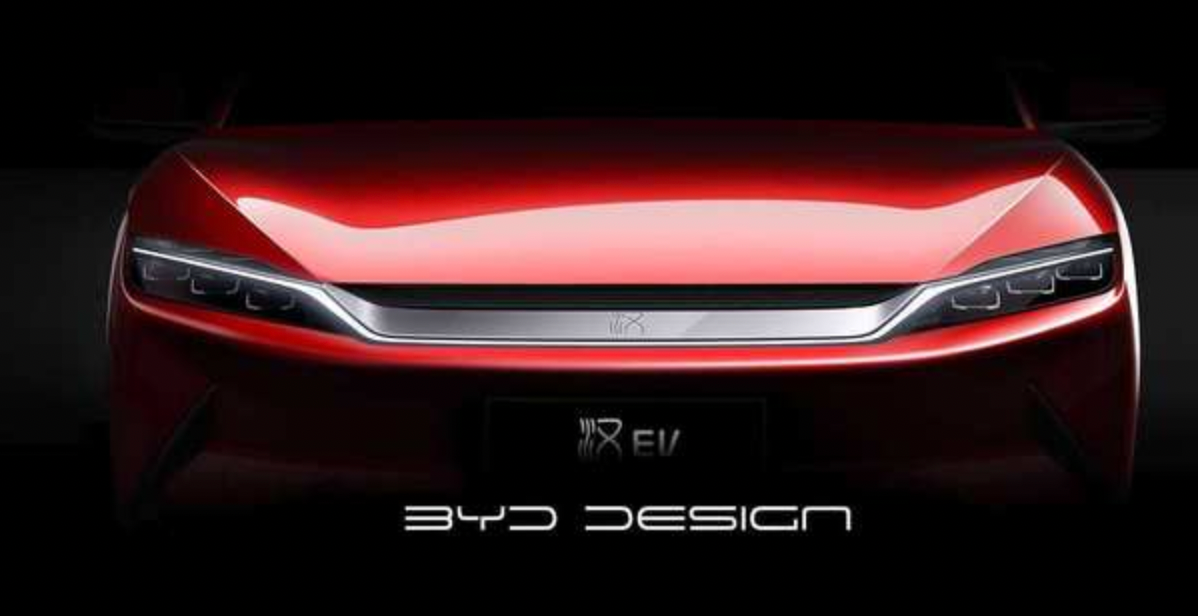Markdown Output
WM Motor, Fajiatemple in Vice Driver
Intelligent Vehicle Reference | AI4Auto WeChat Account
BYD Han, the 200,000th new car is offline.
This is the first domestically produced high-end model to achieve this goal, priced at over 2 million yuan.
BYD Han achieved this milestone in less than 2 years.
More attention should be paid to the efforts made by domestic brands in terms of high-end transformation.
BYD Han’s achievement also provides a reference for the high-end strategy of domestic car companies.
The First Domestic Car to Achieve the “Double 20” Goal?
The offline of the 200,000th new car of BYD Han at the BYD Shenzhen factory has caused heated discussion.
There is nothing unusual about the production of 200,000 mass-produced cars in itself, as classic domestically produced models such as the Great Wall Haval H6 have already achieved sales and production levels of millions.
But there are three extraordinary key pieces of information here:
priced over 20 +, launched in less than 2 years, domestically produced.
Priced at over 2 million yuan, positioned as mid-to-high-end, and domestically produced, BYD Han is the first domestically produced high-end model to achieve this goal.

And in terms of time, BYD Han was launched in mid-July 2020, 22 months ago today.
This speed means that, except for the 2-3 months of capacity improvement at the beginning, BYD Han’s average monthly production volume has been over 10,000 vehicles.
At the same time, in terms of sales, BYD Han has also achieved heights that several domestic brands have not achieved:
Official data shows that in November 2020, BYD Han, which had been on the market for only four months, sold 10,105 vehicles that month, becoming the first domestically produced mid-to-large sedan with a monthly sales volume of over 10,000 and a price point of over RMB 200,000. Then, in November 2021, BYD Han’s EV monthly sales volume reached 10,021 units, again becoming the first pure electric mid-to-large sedan with a monthly sales volume of over 10,000.
As of March of this year, BYD Han’s family sales have exceeded 192,650 units, just one step away from the 200,000 milestone.

This sales volume and speed are undoubtedly explosive.
So the next question is, why did BYD Han become such a popular model?
How did BYD Han become the first?
BYD Han was quickly ignited due to two internal reasons:
Firstly, the positioning and configuration of BYD Han, in one sentence:High-end configurations, mid-range prices, competing with superior advantages.
Let’s start with the configuration of the BYD Han. In terms of size, the dimensions of the BYD Han are 4995mm × 1910mm × 1495mm, with a wheelbase of 2920mm, which belongs to the mid-to-large flagship sedan category.
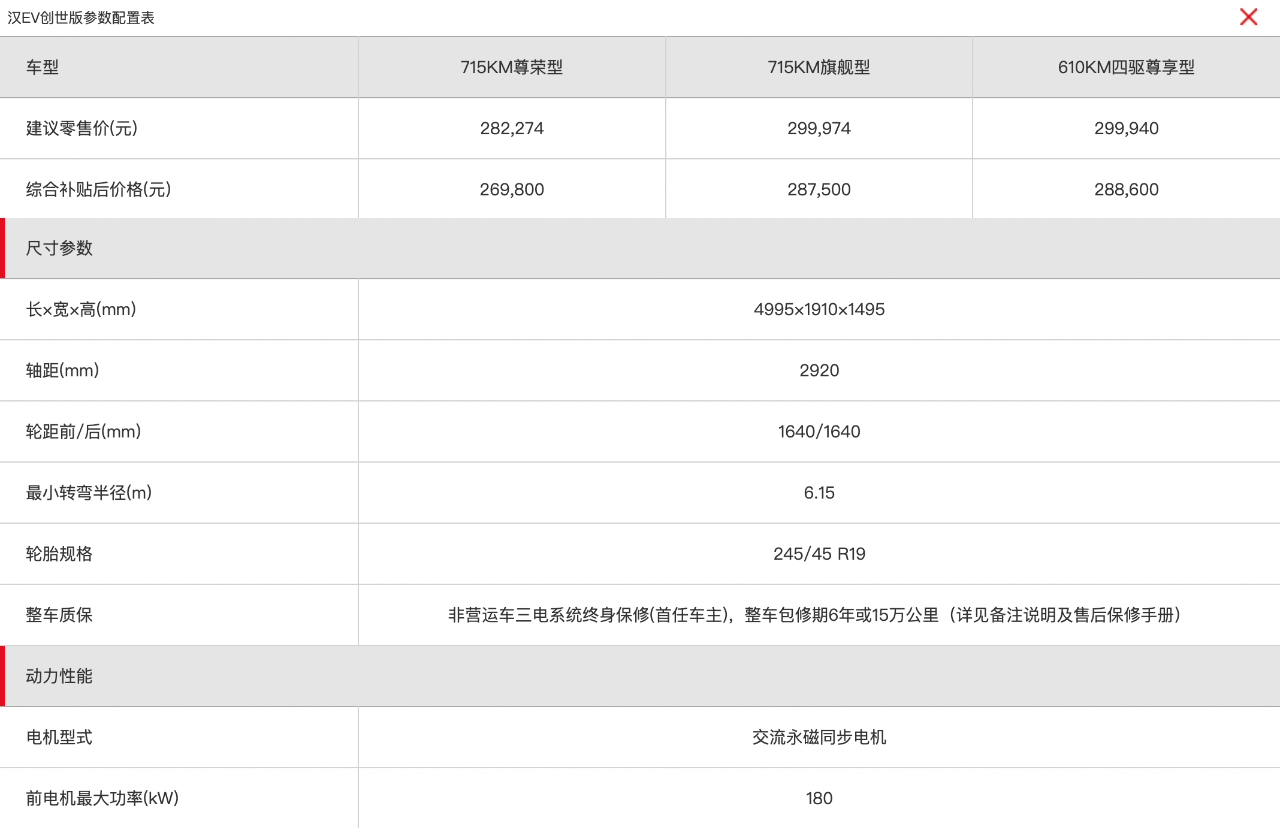
It is benchmarked against luxury cars such as the Audi A6L, Volvo S90, and BMW 5 Series, priced at over RMB 400,000 (~USD 62,000) on Autohome, a Chinese automotive website.
In terms of the three major components of new energy vehicles, BYD’s two secret weapons give the Han a boost.
Firstly, the self-developed DM-i super hybrid system is equipped on the BYD Han hybrid model, featuring extremely high fuel economy and a driving experience close to that of a pure electric vehicle, which has been widely recognized by many car owners.
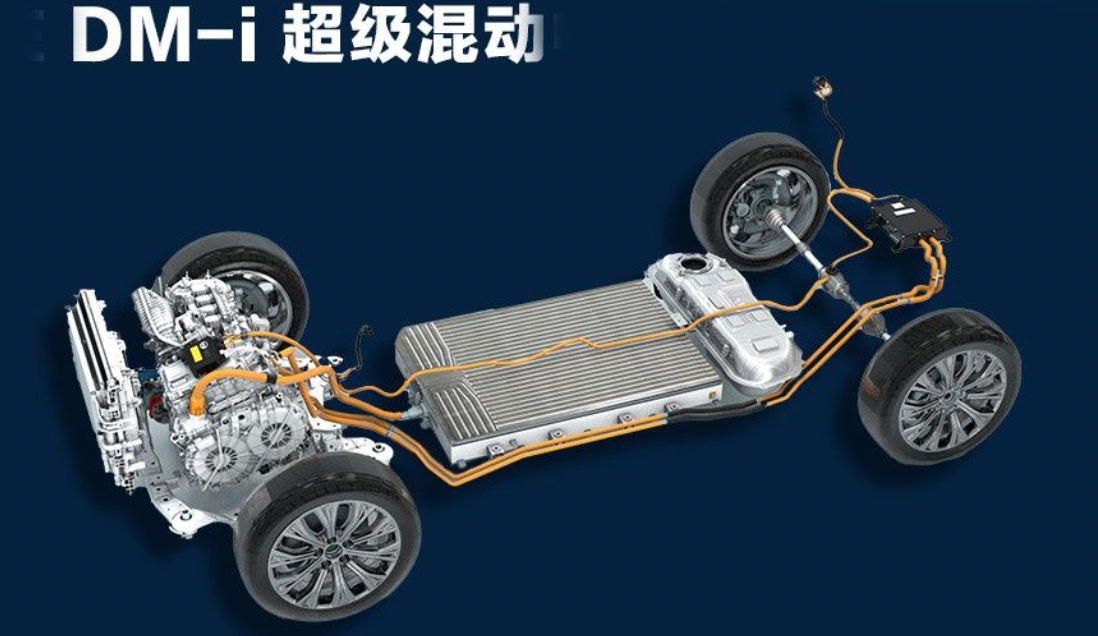
As for pure electric power, BYD has accumulated years of advanced technology. The “Blade Battery,” which is claimed to never catch fire, is one of BYD’s signature technologies, and also the biggest selling point of the BYD Han, largely alleviating car owners’ safety concerns.
In other words, both in terms of size and technical level, the configuration of the BYD Han is sufficient to support a luxury car positioning.
However, the price range of the BYD Han is between RMB 210,000 (~USD 32,000) and RMB 320,000 (~USD 50,000). This price is basically consistent with joint venture mid-to-high-end models such as the Toyota Camry, Volkswagen CC, and Volkswagen ID.4.
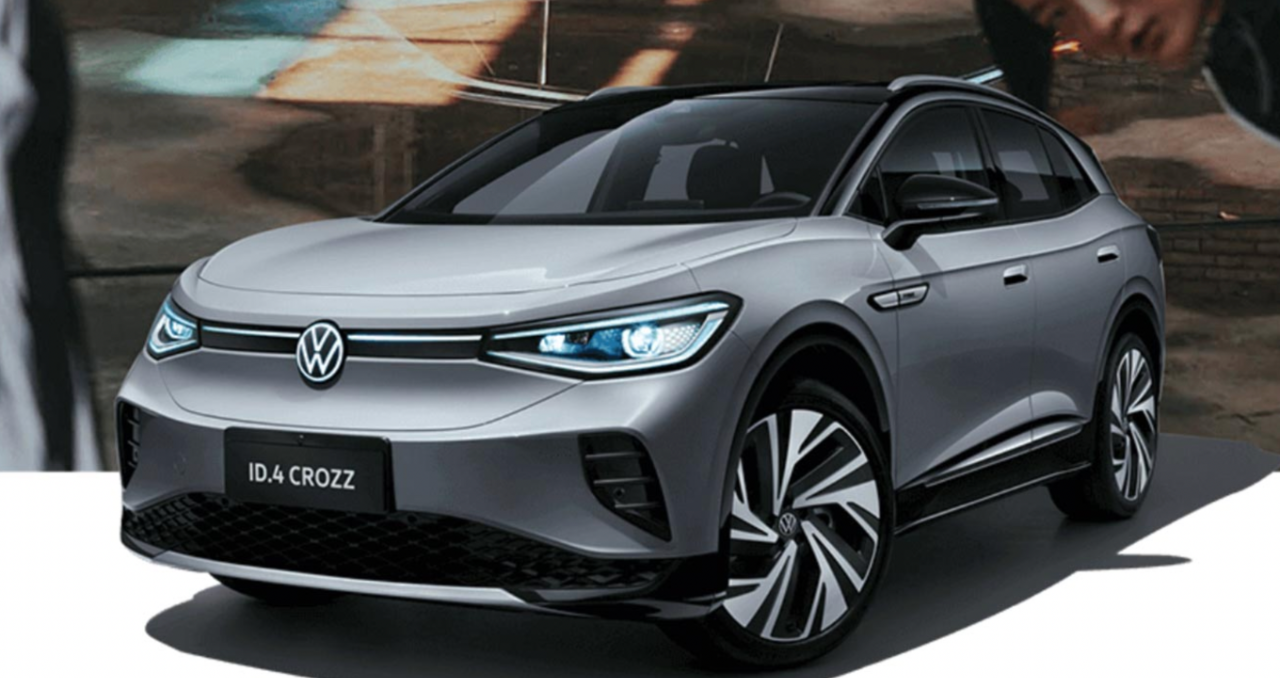
This kind of superior advantage is indeed a way for many domestic car brands to upgrade their positioning. However, unlike other models that rely on fancy configurations, BYD’s own competitiveness in new energy vehicles has been formed.
Secondly, the promotion of the BYD Han has two important points, in addition to normal advertising:
Firstly, the celebrity car owner representative.
Here, celebrities refer not to stars, but to business leaders who enjoy high reputation in the industry.
For example, Cao Dewang and Yu Minhong were both early owners of the BYD Han, and they were both personally handed the keys by the head of BYD, Wang Chuanfu.
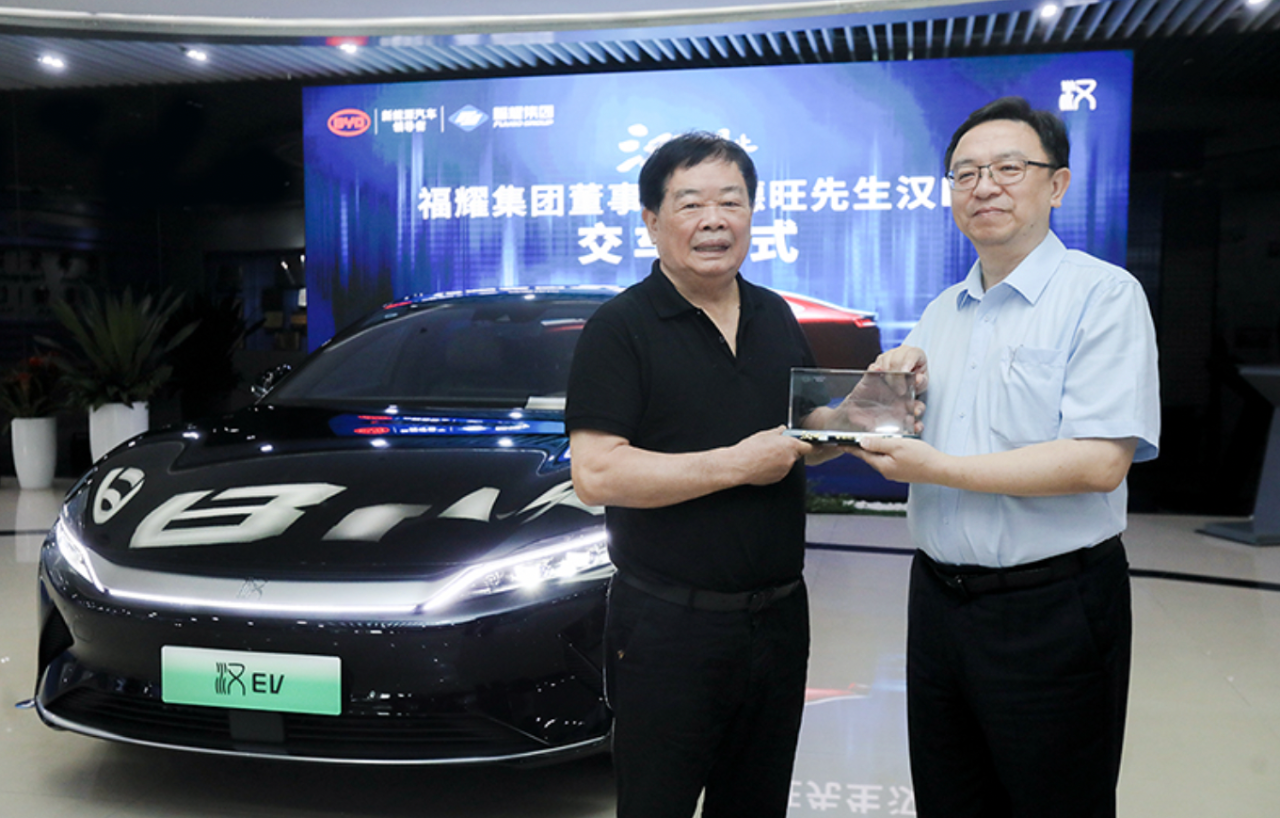
These business figures have great flow and appeal, so selling and promoting the car with their involvement means big business.It is also related to BYD’s image as a Chinese automaker, such as the naming of their product line: Qin, Han, Yuan…
Naming car models after dynasties is a fitting tone.
Of course, one shortcoming of the BYD Han cannot be ignored, which is the most criticized: lack of intelligence.
It goes without saying that compared with Tesla, Tesla being synonymous with intelligent vehicles in this era, BYD cannot compare in the cockpit or the more important autonomous driving.
For example, the DiPilot intelligent driving assist system installed on the BYD Han can only achieve Level 2 assistance functions.
Even compared with new domestic automakers like XPeng, NIO, and Ideals, BYD is lacking in this aspect.
However, even with flaws, in this era, intelligence is a trend and the level of intelligence can be considered an added bonus. but it is not the core indicator for evaluating the competitiveness of vehicles. Even if there are shortcomings, it won’t affect too much.
That’s the secret to BYD becoming a best-seller.
Speaking of which, behind the BYD Han’s success, one can also see a trend worth paying attention to:
In the era of new energy vehicles, domestic brands such as BYD and new domestic automakers are becoming more and more the focus of public attention, while the frequency of joint venture brands appearing is decreasing.
One more thing
Finally, based on the model and experience created by BYD, who will become the BYD Han among the domestic independent brands?
The success of BYD Han’s best-selling method can be summarized as follows:
Firstly, the price cannot be too high or else it will not have a larger market share as the examples of NIO’s luxury models have shown.
Secondly, high-end configurations, benchmarked against luxury joint venture models.
Thirdly, famous influencers as carriers of influence.
Apart from this, the vehicle must be intelligent enough, which is a crucial added bonus.
Based on this standard, among the current models on sale, XPeng P7, Ideal ONE, and gasoline models such as the popular models Tank 300 and 500.
Starting with the XPeng P7, also a mid-to-large-sized flagship sedan, most versions are priced at around 200,000-300,000 yuan. In terms of configuration, in terms of power, endurance, and size, it can meet the standards of high-end luxury models.On the aspect of intelligence, the intelligent label, which is the selling point of XPeng, is also sufficiently reflected in this model, especially in intelligent driving, which can realize high-speed navigation using NGP function.
As for the popularity of the traffic code, the label of new forces in the car-making industry itself has enough heat.
In terms of sales, in the long-term trend, XPeng P7 is also approaching the edge of a monthly sales volume of 10,000, and is considered the first choice for explosive models.
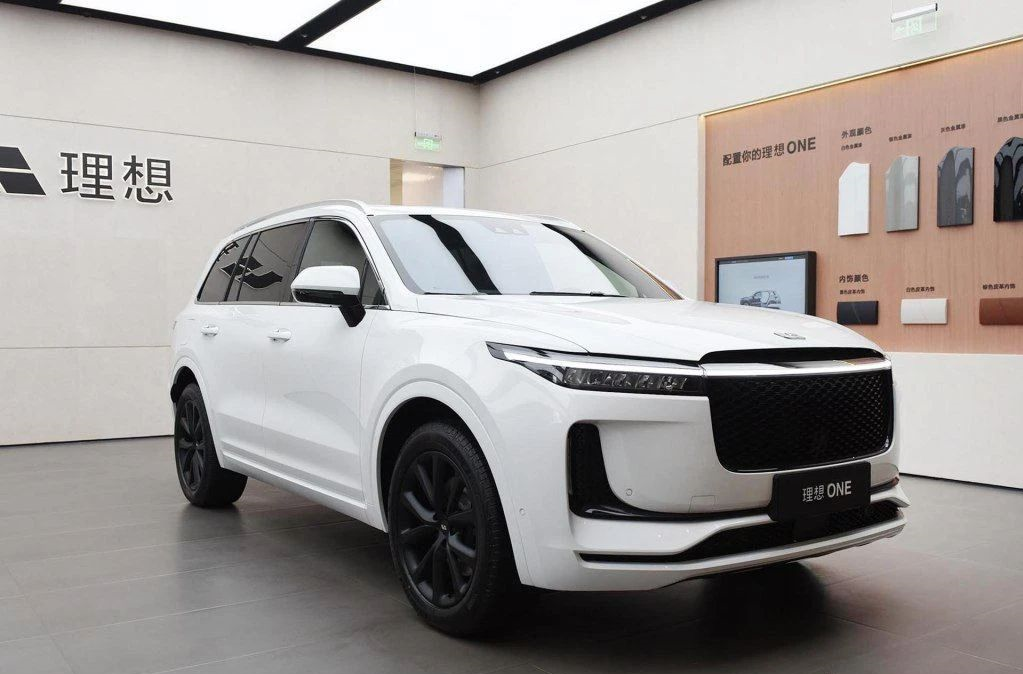
As for the Ideal ONE, with a slightly higher starting price of 320,000 RMB, and being the only model of Ideal on sale, from the monthly sales performance, 10,000+ has become a regular state.
In terms of configuration, as an extended-range model, the Ideal ONE has an advantage over pure electric cars in terms of range anxiety, and its size is also classified as a mid-to-sport utility vehicle.
One thing to note is that in the market of extended-range large SUVs, there are very few models that the Ideal ONE can directly benchmark, and the level of competition is far lower than that in the mid-to-high-end sedan market.
In terms of intelligent driving, like XPeng P7, the Ideal ONE has also realized high-speed navigation assistance.
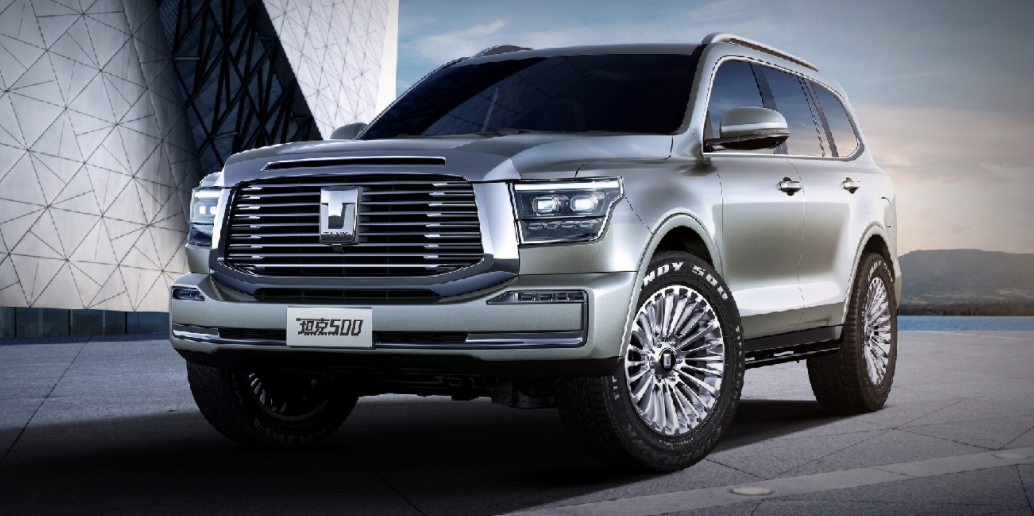
Regarding the remaining two fuel cars, Tank 500 and Tank 300, the advantage lies in their high popularity. The premium resale of Tank 300 orders is enough to illustrate the point.
As for the configuration, Tank 500 benchmarks the Toyota Land Cruiser, and Tank 300 is considered a domestic equivalent of the Jeep Wrangler. As for the price, it goes without saying that they are generally about half cheaper than the benchmarking models.
In terms of intelligent driving, Great Wall has its own automatic driving unicorn company, Haomo Zhixing, although it is produced by a traditional automaker, it is not inferior in technology.
The only problem is that the market targeted by these two cars, the off-road market, is more of a carnival for niche players, and the market potential is far less than that of sedans or city SUVs.
Therefore, compared with XPeng P7 and Ideal ONE, they meet the basic conditions for domestic high-end model explosive sales.
Who do you think could be the next BYD Han?
Feel free to leave a comment in the comment section~
— completed —
“`
This article is a translation by ChatGPT of a Chinese report from 42HOW. If you have any questions about it, please email bd@42how.com.
